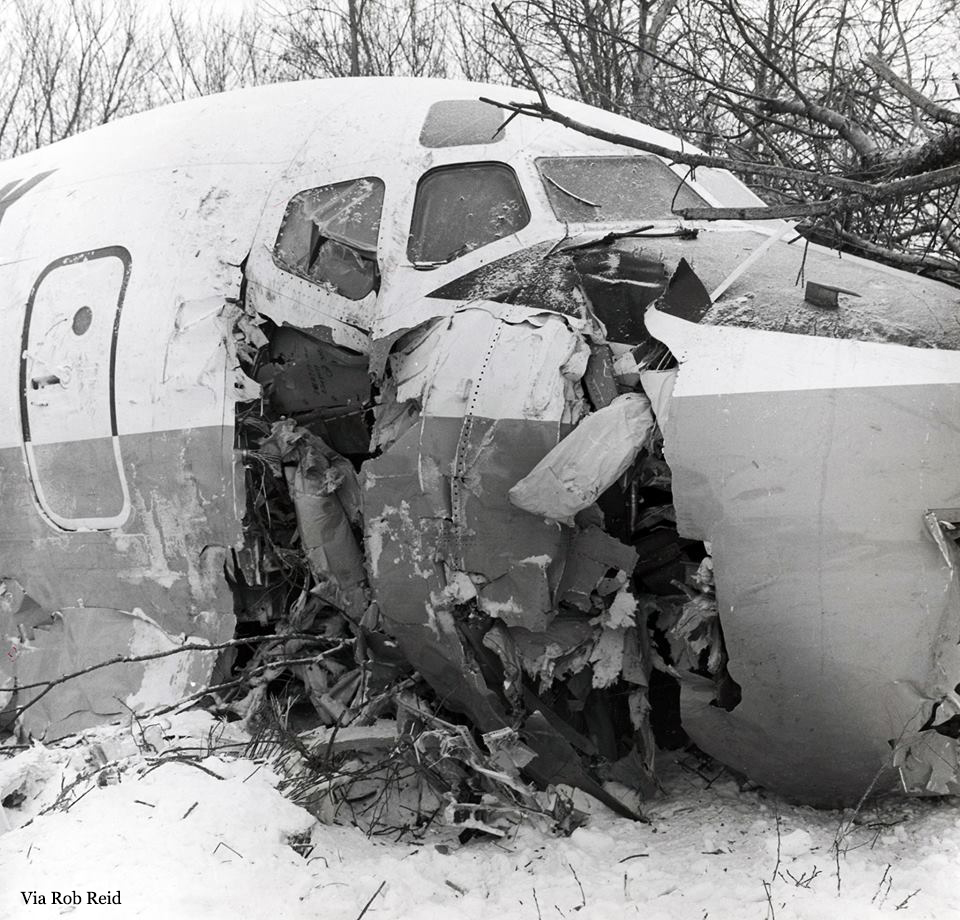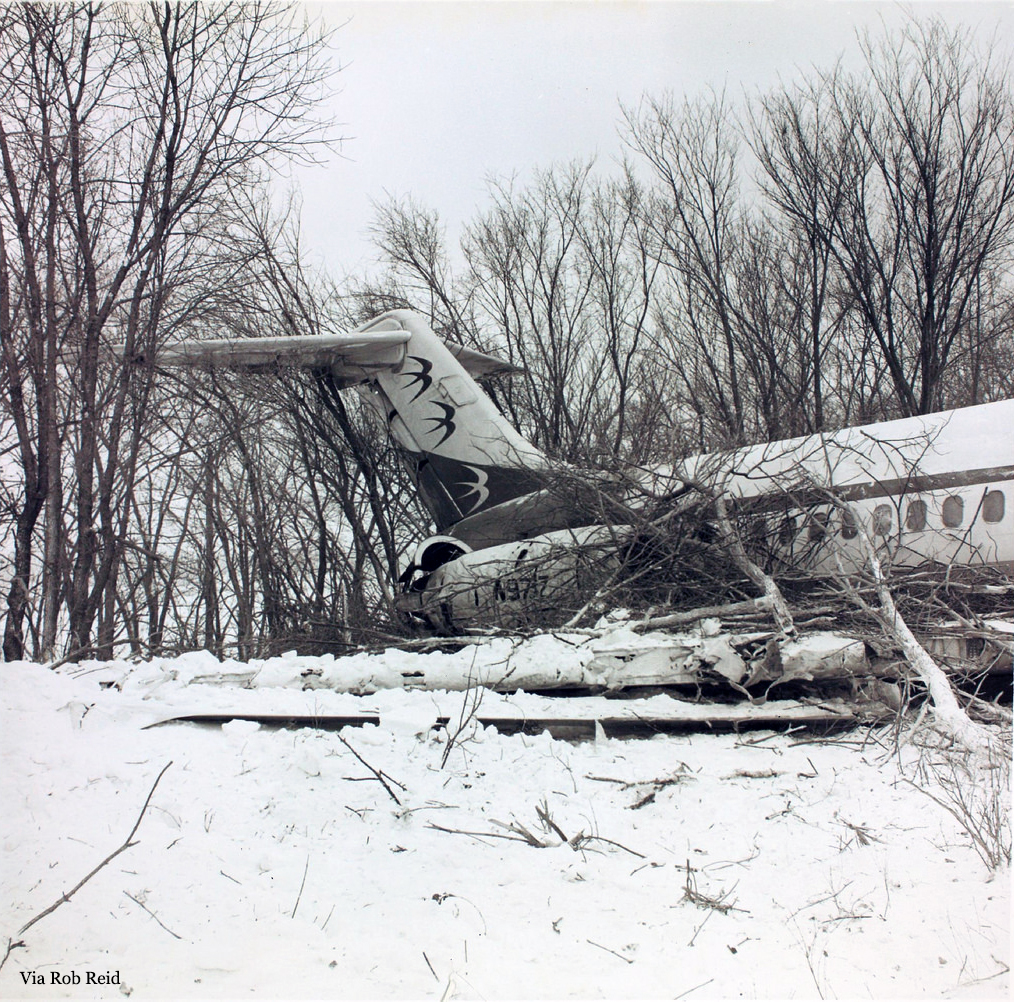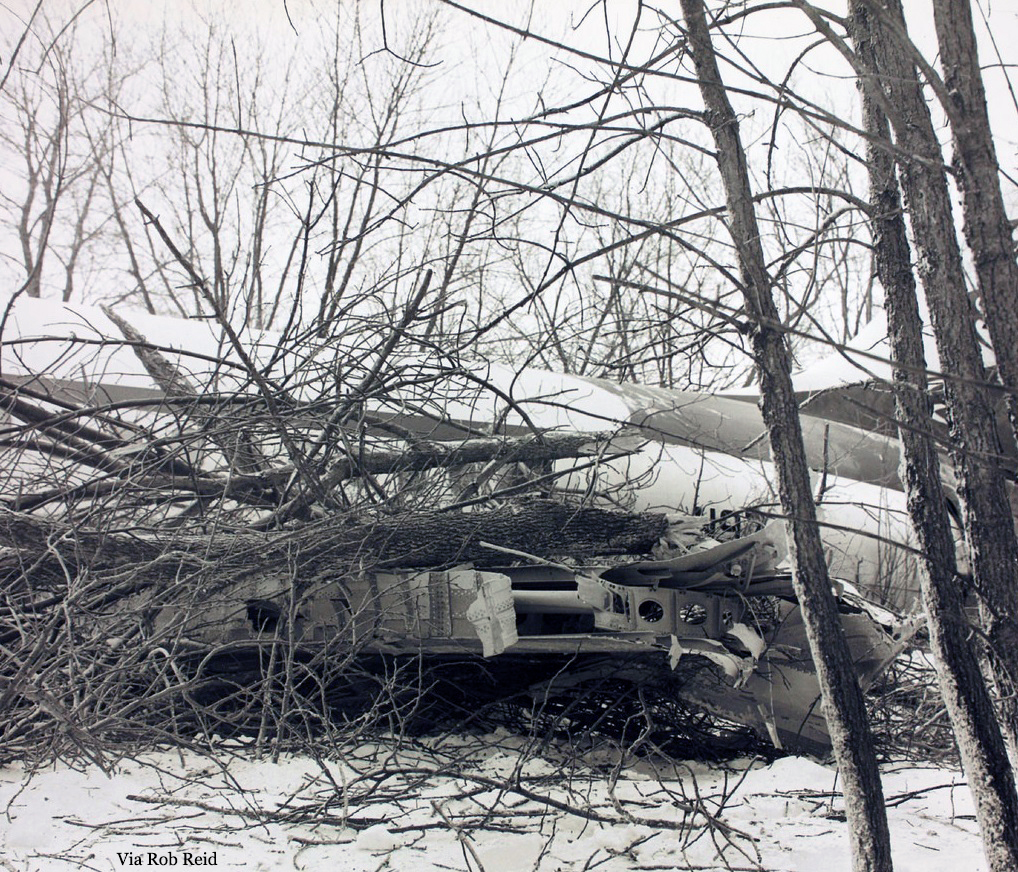Crash of a Beechcraft E18S in Sioux City: 2 killed
Date & Time:
May 19, 1970 at 1103 LT
Registration:
N139K
Survivors:
No
Schedule:
Atlanta - North Sioux City - Willmar
MSN:
BA-188
YOM:
1956
Crew on board:
2
Crew fatalities:
Pax on board:
0
Pax fatalities:
Other fatalities:
Total fatalities:
2
Captain / Total hours on type:
525.00
Circumstances:
Few minutes after takeoff from North Sioux City-Graham Field, South Dakota, while climbing, the crew encountered technical difficulties and feathered the left propeller. Shortly later, control was lost and the airplane crashed in flames in an open field located near Sioux City. The aircraft was destroyed and both pilots were killed.
Probable cause:
Uncontrolled descent following an in-flight fire for undetermined reason. The following findings were reported:
- Left propeller found feathered for unknown reason,
- Investigations showed no engine malfunction.
- Left propeller found feathered for unknown reason,
- Investigations showed no engine malfunction.
Final Report:







